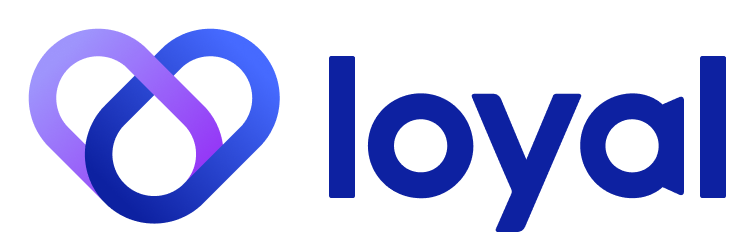ATLANTA, GA—According to the 2018 Healthcare Call Center Survey, very few call centers have ventured into the live text chat arena. Only 14 percent of respondents said their organization offers live text chat with the call center being the entity that is responsible for doing it. Another 11 percent offer this service but the call center does not support it. The rest of the respondents indicated that their organizations do not support this service.
For Piedmont Healthcare in Atlanta, offering a web chat capability for their billing call center has markedly improved its metrics. The back story is that in recent years Piedmont Healthcare had grown from a five hospital system to one with 11 hospitals. Its billing call center was handling a call volume double from what it once processed with the same staff numbers. The result, as one might expect, was increasing hold times. The hold time average increased to seven minutes with up to 40 minutes at some peak times.
“They were understaffed and overwhelmed,” says Kate Madden-Jones, Vice President of Marketing & Communications for the Atlanta-based Loyal. This company maintains a conversation and data intelligence platform that was adopted by Piedmont.
The solution could have been to add more people to the billing call center. However, says Elizabeth Stillwell, Manager, Customer Solutions Center for Revenue Cycle, adding more staff members would have been the highest cost solution to the problem. So, instead Piedmont took a different tact. They opted to test a chatbot and live chat capability on the billing and financial assistance pages of their website. The chatbot could answer easy questions 24/7 while live chat was available during 8 a.m. to 6 p.m. Monday through Friday.
The live chat function is handled by the folks in the billing call center. One of the advantages of live chat, Stillwell says, is that the individual in the call center doing it can handle three chats at once. This allows them to be more efficient than if they had to do each of these conversations by phone.
In the beginning, the live chat feature was set up so that any one of the billing call center staff members could handle them in-between live phone conversations. That has changed and now there are four dedicated staff members that form the digital communications team.
This service began in September 2017. Over a 12 month period, patients are waiting an average of 63 seconds to connect with an agent for a chat, versus the prior seven minute hold time for a live agent. Additionally, for those connecting by phone, the average hold time has been reduced. For example, in January 2018, the speed to answer ranged from 1’ to 10’45″ and one year later, in January 2019, the speed to answer ranged from 45″ to 7’. Stillwell says that it would have been lower but there were several mitigating factors. Among them was that the 52 person call center lost some staff members recently and also at the same time added another hospital to its responsibilities.
Another interesting feature of the organizational structure of this billing call center is an eight person work queue team that takes questions that the agents are unable to resolve in their initial call and follows the issue to the end resolution. Then, these individuals, who all work at home, communicate back to the original agents who then, in turn, contact the patients. That is done, she says, to maintain continuity with the agent/patient interaction.
Reprinting with permission of Healthcare Call Center Times. For more information, click here.
